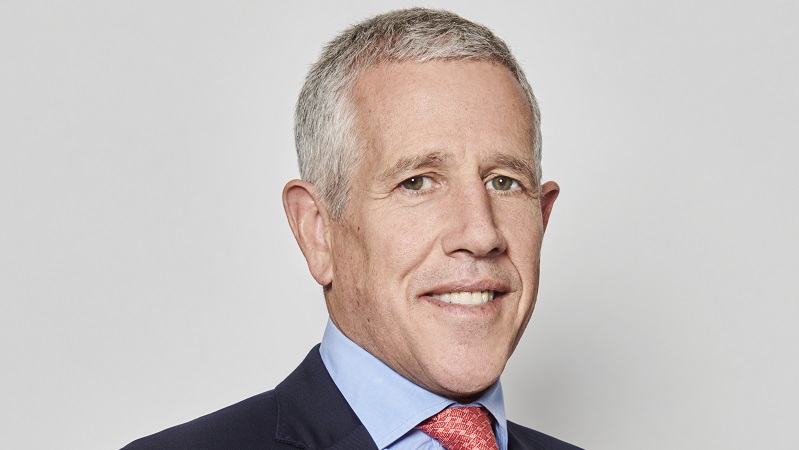Long dollar
Net speculative positions in the dollar relative to other major currencies were at a 10-year high at the start of 2015 (source: Morgan Stanley).
Despite significant currency fluctuations over the first half of 2015, it remains an extremely popular position, underpinned by a widespread positive outlook for US economic growth and expectations that the central bank will raise interest rates before the ECB and Bank of England.
Underweight emerging market equities
The MSCI EM index has dramatically underperformed the S&P 500 since late 2010, reflecting the improving relative economic growth profile of the US. This has become consensus positioning, driven in part by the dollar outlook.
The dollar has been strong relative to emerging market currencies over the past three to four years. Expectations of further strength have reduced unhedged return forecasts for emerging market equities, raising the spectre of funding mismatches for companies and governments with revenues denominated in local currencies but significant debts denominated in dollars.
The gradual but accelerating slowdown in China’s growth has also affected emerging market equity demand and performance.
For example, its reduced demand for commodities hurt key producers such as Brazil. During the past year, the collapse in the oil price has also had a detrimental effect on large emerging market equity markets, including Russia, Mexico and, again, Brazil.
The scale of disillusionment with emerging market equities is amply illustrated by recent outflow data.
Morgan Stanley noted that dedicated emerging market equity funds reported the second-largest weekly outflow in history for the week ending 10 June 2015. Flows have been negative in each of 2013, 2014 and to date in 2015, with Latin America funds suffering net outflows for each year since 2011.
These two popular positions have been very rewarding for investors over the past 12 months. However, we feel that the current, unsettled market conditions may prove a harbinger of change in market conditions in which these crowded trades suffer a significant realignment.
Interest intrigues
We have already seen some evidence that European investors are moving from a deflationary/quantitative easing pricing environment to a more reflationary stance.
German bunds have suffered a savage reversal, incorporating the biggest four-week sell-off in more than 20 years, as investors bring forward rate hike expectations by more than two years in response to the anticipated inflationary impact of improving economic growth, a rebounding oil price and a weak currency.
Should some of these factors be sustained it could easily threaten the accepted wisdom that the US is the only main area of the world with a strengthening growth outlook.
Such a broadening global growth outlook would be likely to place significant pressure on the dollar.
Nor is this the only catalyst for an H2 reversal of the global currency trends of the past 12 months. In the short term, we expect the Federal Reserve to respond to bond market volatility by crafting careful statements.
For example, it may emphasise the shallow path of interest rate rises and a lower terminal rate, even if FOMC members still look to implement an initial rate hike late in 2015.
In the medium term, we expect the US central bank to seek to raise rates before the end of 2015. Although interest rate differential theory would suggest further dollar strength in such a scenario, historical experiences have been more mixed.










